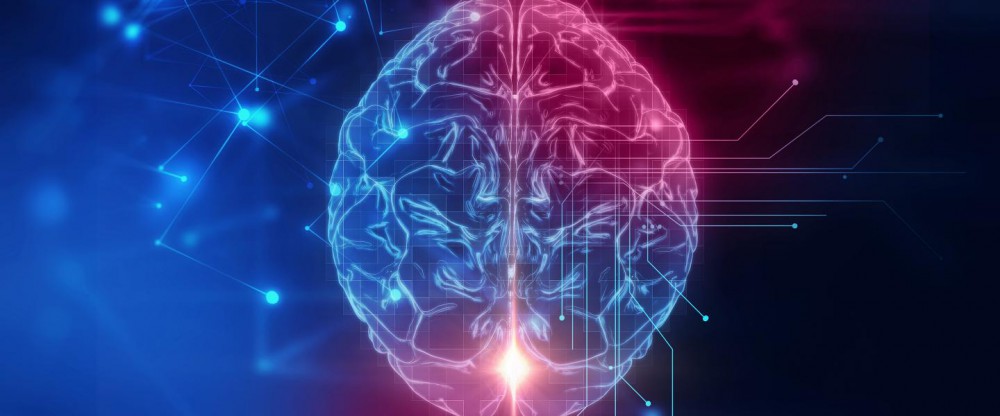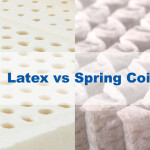Hypoglossal Nerve Stimulation Increases Airflow During Sleep in Obstructive Sleep Apnea
Hypoglossal nerve stimulation (HGNS) produced marked dose-related increases in airflow in obstructive sleep apnea (OSA) patients without arousing them from sleep, according to a new study from the Johns Hopkins Sleep Disorders Center. The study suggests the potential therapeutic efficacy of HGNS across a broad range of sleep apnea severity and offers an alternative to continuous positive airway pressure (CPAP), the current mainstay of treatment for moderate to severe OSA. The effectiveness of CPAP is often limited by poor patient adherence.
"With HGNS, airflow increased in all of our patients, and increased progressively with stimulus amplitude," according to Alan R. Schwartz, MD, medical director of the Sleep Center at Johns Hopkins Bayview Medical Center. "The increases in airflow we observed were of sufficient magnitude to eliminate inspiratory airflow limitation (IFL) in the majority of patients."
The findings were published online ahead of print publication in the American Thoracic Society's American Journal of Respiratory and Critical Care Medicine.
The study, which was supported by device manufacturer Apnex Medical, Inc., enrolled 30 middle-aged patients with moderate and severe obstructive sleep apnea who were implanted with a novel HGNS system. The pacemaker-like device monitors breathing patterns and is activated during sleep to stimulate the hypoglossal nerve, which controls muscles in the upper airway.
During the study, current was increased stepwise during non-REM sleep. Frequency and pulse width were fixed. At each current level, stimulation was applied on alternating breaths so that responses in inspiratory airflow could be compared to adjacent unstimulated breaths, and maximal inspiratory airflow (VImax) and IFL were measured.
HGNS produced linear increases in VImax with increasing current. Mean VImax increased significantly from 215±21ml/s off stimulation to 509±37mL/s on stimulation. VImax increased in all patients, and IFL was abolished entirely in 17 (57%). Normal or near-normal levels of flow were achieved in all 30 patients.
"In our study, acute unilateral stimulation of the hypoglossal nerve during sleep in patients with obstructive sleep apnea resulted in progressive increases in inspiratory airflow with increasing stimulation intensity, and inspiratory flow limitation was completely eliminated in the majority of patients," said Dr. Schwartz. "Of note, inspiratory airflow returned to baseline levels on alternating unstimulated breaths, suggesting that HGNS has a direct effect on lingual muscles and airway patency without arousing patients from sleep."
The study had a few limitations. Esophageal manometry was not used to monitor inspiratory effort, and flow response was not measured in all body positions and sleep stages. In addition, the effects of chronic use of HGNS therapy were not assessed.
"Our findings extend previous findings on the effects of HGNS on airflow in obstructive sleep apnea by characterizing flow responses over a range of stimulus amplitudes and demonstrating greater increases in airflow," concluded Dr. Schwartz. "The magnitude of the increases in airflow we observed indicate that HGNS can provide substantial relief of upper airway obstruction during sleep in these patients across a wide range of disease severity."
Learn more about how these medical devices can make a big difference in nighttime comfort for people with breathing issues.Could you have restless legs syndrome? Learn more about the symptoms so you can talk to your doctor.Sleep Apnea is a sleep disorder in which breathing is briefly and repeatedly interrupted during sleep. Learn how to cope...A frequent need to get up and go to the bathroom to urinate at night is called nocturia. It differs...Have you ever wanted to know what happens to your body during menstruation? The latest infographic from the National Sleep...The Electronics and Sleep infographic highlights how technology affects the modern family and how parents can help design a sleep...Orexin receptor antagonists: A new class of sleeping pill Find out more about orexin, and a new type of sleep...How you feel about the sleep you get every night is known as sleep satisfaction. Unlike sleep quantity (which objectively...A peaceful night of slumber can leave you feeling more energized and alert when you wake up. But sleep quality...It’s important to strive for the recommended seven to nine hours of sleep each night, but counting how much sleep...

Source: Internet





